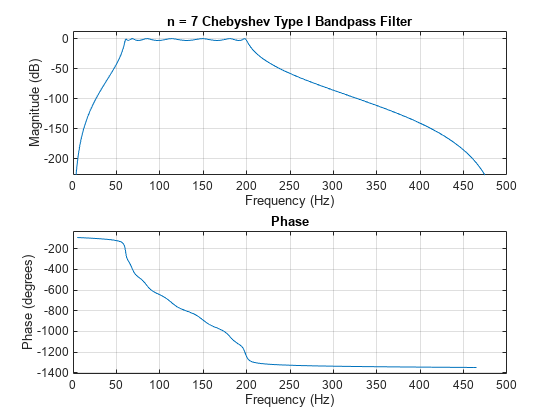cheb1ord
切比雪夫 I 型滤波器阶数
说明
示例
输入参数
输出参量
算法
cheb1ord 使用 [1] 中所述的切比雪夫低通滤波器阶数预测公式。无论是对于模拟滤波器还是数字滤波器,该函数都在模拟域中执行计算。对于数字滤波器,它先将频率参数转换为 s 域,再进行阶数和固有频率估计过程,然后将其转换回 z 域。
最初,cheb1ord 通过将所需滤波器的通带频率变换为 1 弧度/秒(对于低通或高通滤波器)或 -1 和 1 弧度/秒(对于带通或带阻滤波器)开发低通滤波器原型。然后,它计算在使用 cheby1 函数中的值时低通滤波器精确匹配通带设定所需的阶数和固有频率。
参考
[1] Rabiner, Lawrence R., and Bernard Gold. Theory and Application of Digital Signal Processing. Englewood Cliffs, NJ: Prentice-Hall, 1975.
扩展功能
版本历史记录
在 R2006a 之前推出

